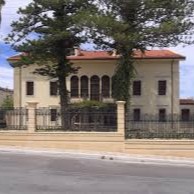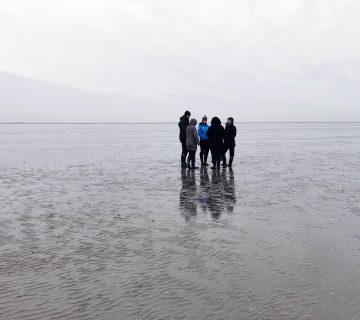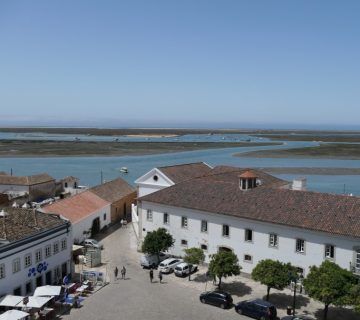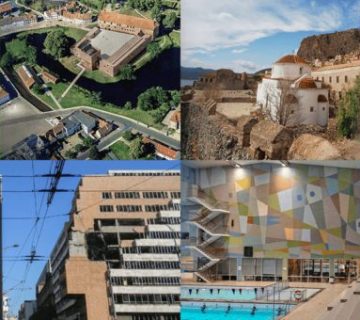The highs and lows of introducing HI to a traditional museum setting. From building trust and moments for discussion to losing the magic.
There you are, in the mausoleum of the most important politician of 20th century Greek history. His home. One of his houses. As an interpretive guide.
You tried hard to explain what heritage interpretation does and which goals it serves, in this small Greek town, where everything is connected to these proud origins of this Greek statesman that doubled the dimensions of Greek national territory. You know this is the bastion of this political hero and his descendants.
And there you are, feeling stressed, with your first group of visitors, after the museum has consented to let you try heritage interpretation, after your tour has been tested and approved by the employees.
After an hour, you are almost at the end of your performance. You tried to bring the visitors closer to heritage, closer to each other, so you can encourage discussion on several issues.
You know that the museum educator is watching you. Another unknown man is entering and leaving the group whenever he wants. You see him speak to the local employees of the museum, and they know him. But you don’t. You are curious about this participant.
You have unlocked the visitors. As you continue the tour, they are talking about the events and their relation to this historical moment. They make connections between the past and the present. You take them to the upper floor, where you are going to go deeper into your story. And finally, you arrive at the point where it is appropriate to talk in more detail about the political history of the 20th century. Everybody is waiting to discuss politics. Finally, one visitor brings up the issue: The Great Division, a very traumatic moment in Greece that has defined the future of many generations and that many people hold this national hero responsible for.
You take a big breath. You are ready to ask other people’s opinions. You knew that this may come up and that you want to avoid big conflicts or even silence. But before you can respond, the unknown man takes a step into the centre of the group, raises his hands and starts to talk. He is the political scientist of the museum and delivers a monologue of six minutes that seems endless. He doesn’t look at the reaction of the visitors. He isn’t listening. He wants only to tell the official opinion of the Foundation that manages the museum. Passionate as he is, and dense in information, at the end of his speech the visitors just look at him, astonished, curious, speechless maybe also in admiration.
Then… Silence. The visitor who had brought up the subject doesn’t respond. Everything that you were trying for – openness, flexibility, embracing people’s questions, lived experiences, knowledge, memories – has been dismantled and the magic connection created between people where they felt safe to open discussions has been lost.
Was it an interpretive guide’s nightmare? Was it a horror movie scene?
Or was it a taster of Interpret Europe’s 2025 Conference about Heroes, anti-heroes and villains: How we (re)create, use and dismantle them?
Penelope Gkini is an IE certified interpretive guide and trainer and works in Crete, Greece, through her company Porizo that means to go outdoors. If you had any similar experiences, Penelope would love to read them. Contact her at: Porizocrete@gmail.com.
To cite this article: Gkini, Penelope (2025) ‘A haunted house or just a national hero home-museum?‘ in Interpret Europe Newsletter 1-2025, pg.22.
Available online: PDF Newsletter Spring 2025




